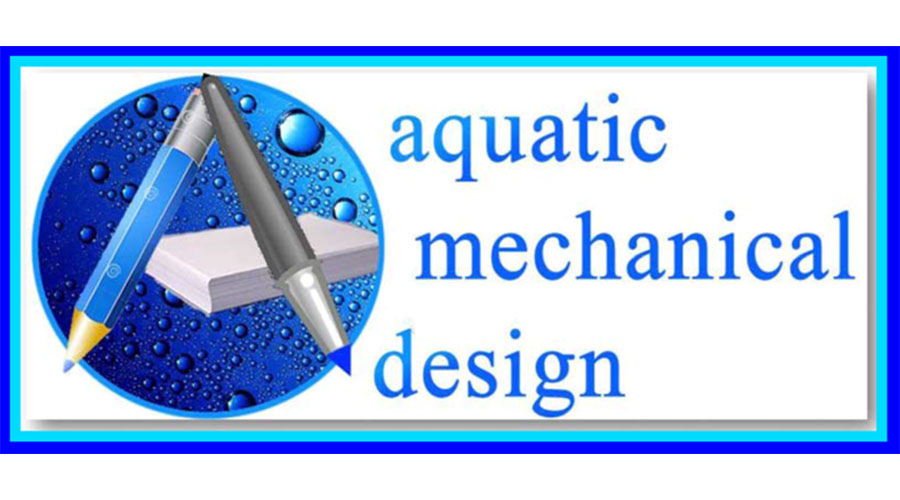L-3 Landscape Drainage Systems
Many unqualified performers are solicited to provide drainage systems because their approach is less expensive, quick and focused on resolving an immediate concern but, few understand the dynamics behind the sound engineering principles that are required in providing you absolute results and long term solutions.
Many unqualified performers are solicited to provide drainage systems because their approach is less expensive, quick and focused on resolving an immediate concern but, few understand the dynamics behind the sound engineering principles that are required in providing you absolute results and long term solutions.

Storm water that becomes deposited along a foundation, as part of the roof gutter downspout system, will need to be connected to a surface drainage system that can carry the water away from the structural support.
As the soil becomes saturated a condition will develop that will exceed the capacity of a given soil’s texture to hold water (cohesion) and depending upon the classification type of the soil (Clay, Silt, Sand) the excess water will begin to migrate. This “free water” condition can allow water to penetrate through solid concrete slabs, foundations and crawlspaces.
In the selection of the type of piping, as well as the application of products that are going to be made part of the life expectancy of a drainage system, the sustainability of the piping network to ward off root intrusion and sedimentation deposits, requires knowledgeable planning.
In providing drainage solutions, good planning can allow you to marry a knowledgeable approach to the details for construction, that are necessary in providing successful solutions.
In planning for a network of pipes and Catch Basins that can accomplish this, a plan for action needs to anticipate both the roof’s square footage’s area together with the landscaped area’s potential influence.
In attempting to allocate value to the prescription for a drainage solution,…the following outline provides the priority sequence for the steps to be taken;
-
Engineering
-
French Drains
-
Hydrostatic Drains
-
Storm Drains
-
Repairs
-
New Installation
-
Estimates
STEP I: Planning & Designing
STEP II: Determining the type of drainage
STEP III: Identifying the work scope






